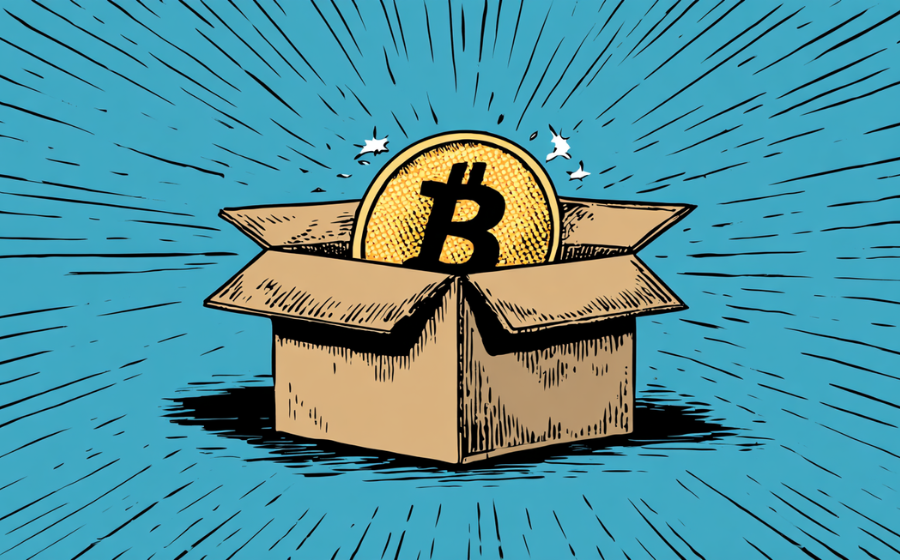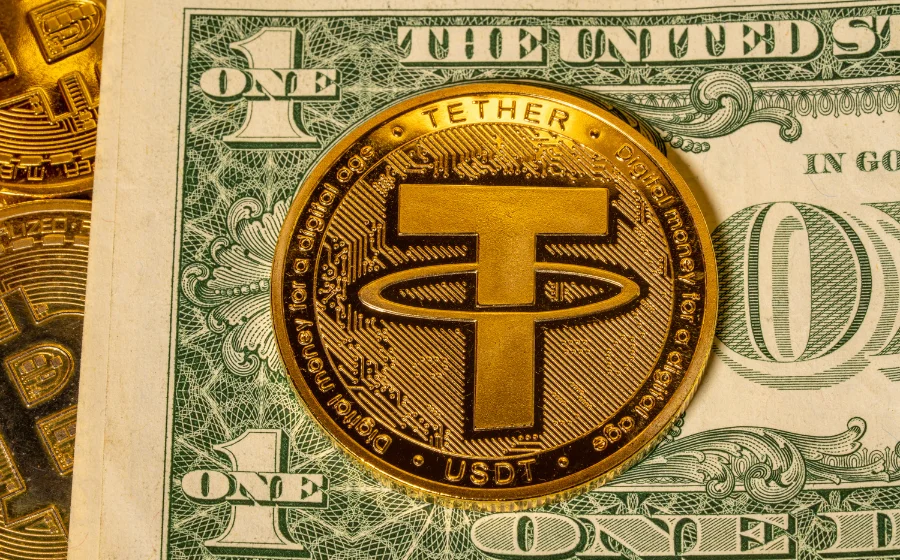
KEYTAKEAWAYS
- Cross-Chain Asset Utility
Wrapped Tokens let non-native assets like BTC operate on other blockchains.
This unlocks DeFi use cases, lending, trading, and liquidity access.
- Liquidity & Capital Efficiency Boost
Idle crypto can be wrapped to flow across ecosystems, deepening markets.
Both centralized and decentralized platforms benefit from higher liquidity.
- Faster, Cheaper Transactions
Wrapped assets allow users to avoid slower, costly native-chain transactions.
They provide the value exposure of original assets with improved efficiency.

CONTENT
Wrapped Tokens are 1:1 digital representations of crypto assets on other blockchains, enabling cross-chain liquidity, interoperability, and seamless DeFi participation without selling the original asset.

WHAT ARE WRAPPED TOKENS?
Wrapped Tokens are tokenized versions of other crypto assets. They mirror the value of an original asset and are designed to be redeemable back into that asset at any time. In other words, they act as a 1:1 representation of a cryptocurrency that exists on a different blockchain.
Think of them as “cross-chain representations” of digital assets.
Just like stablecoins are pegged to fiat currencies (e.g., USD), Wrapped Tokens are pegged to the value of another blockchain’s native asset.
📌 Why Do Wrapped Tokens Matter?
Blockchains operate like independent systems, each speaking its own language. Right now, there’s still no perfect way for assets to move freely and natively between chains.
Wrapped Tokens solve this problem by improving interoperability.
They allow assets from one chain to be used in another blockchain ecosystem without actually moving them — essentially bridging liquidity and utility across networks.
🔍 For example:
Bitcoin can’t operate directly on Ethereum, but Wrapped Tokens like WBTC allow BTC holders to access DeFi services on Ethereum — lending, trading, liquidity pooling, etc. — without selling their BTC.
📌 Do Users Need To Handle Wrapping Themselves?
Not really.
Most everyday users don’t need to worry about the technical wrapping and unwrapping process. These tokens can be traded just like any other cryptocurrency on exchanges or within DeFi apps.
Behind the scenes, custodians or smart contract protocols ensure that each Wrapped Token remains backed by the original asset. When someone unwraps, the wrapped token gets burned and the native asset is released.
🔍 Example workflow:
BTC → Wrapped into WBTC on Ethereum → Unwrapped back into BTC later
Simple for users, powerful for cross-chain liquidity.
>>> More to read: What is Wrapped Bitcoin (WBTC)?
HOW DO WRAPPED TOKENS WORK?
To understand how Wrapped Tokens function, let’s look at one of the most common examples — Wrapped Bitcoin (WBTC).
WBTC is an ERC-20 token on Ethereum that represents Bitcoin on a 1:1 basis, allowing BTC to be used seamlessly in the Ethereum ecosystem, especially in DeFi applications.
📌 The Role of Custodians
Most Wrapped Tokens rely on a custodian — an entity responsible for holding the original asset backing the wrapped version.
✏️ Depending on the system, custodians can be:
- Merchants
- Multi-signature wallet setups
- Smart contracts
- DAOs (Decentralized Autonomous Organizations)
In the case of WBTC, for every 1 WBTC minted on Ethereum, there must be 1 BTC held in reserve. Proof of reserves is recorded on-chain to maintain transparency and trust.
🚩 Minting & Redemption Process (Simplified)
Here’s how the mechanism works behind the scenes:
1️⃣ A merchant sends BTC to the custodian and requests minting
2️⃣ The custodian verifies and mints the equivalent amount of WBTC on Ethereum
3️⃣ WBTC circulates and can be used in Ethereum-based applications
When someone wants to redeem WBTC back into BTC:
1️⃣ The merchant requests a burn
2️⃣ WBTC is burned on Ethereum
3️⃣ The custodian releases the equivalent BTC from reserves
🔍 What About USDT — Is It a Wrapped Asset?
Some community members argue that Tether (USDT) resembles a wrapped token, since it is also redeemable at a 1:1 ratio with a reference asset (USD). However, this isn’t entirely accurate.
While conceptually similar in that USDT represents a claim on another asset, USDT is backed not purely by physical dollars, but by a mix of:
- Cash
- Cash-equivalent instruments
- Other assets
- Loans and receivables
So while the idea parallels Wrapped Tokens — a token representing a real-world asset — the structure and backing mechanism differ significantly.
>>> More to read: What Are Soulbound Tokens (SBT)?
BENEFITS OF USING WRAPPED TOKENS
While most blockchains have their own token standards (e.g., ERC-20 on Ethereum, BEP-20 on BNB Chain), these standards aren’t natively compatible across chains.
Wrapped Tokens solve this limitation by enabling non-native assets to operate within another blockchain ecosystem.
➤ Here are the key advantages:
✅ Unlock Cross-Chain Utility
With Wrapped Tokens, assets like BTC can be used on Ethereum or other chains — enabling participation in lending markets, trading, DeFi liquidity pools, and more.
This transforms originally static assets into flexible, productive capital.
✅ Boost Liquidity & Capital Efficiency
Assets often sit idle on their native chains. Wrapping them allows liquidity to flow across ecosystems, deepening trading pools and improving capital efficiency for both centralized and decentralized markets.
✅ Lower Fees & Faster Transactions
Bitcoin is secure but can be slow and costly at times.
Using wrapped BTC (like WBTC) on a faster, low-fee chain reduces transaction friction while maintaining price exposure to BTC.
In short, Wrapped Tokens enhance interoperability, strengthen market liquidity, and improve user experience — making them a foundational tool in a multi-chain crypto world.
>>> More to read: What Are Exchange Tokens & How Do They Work?
WRAPPED TOKENS CONCLUSION
Wrapped Tokens act as a crucial bridge in the multi-chain crypto ecosystem.
They serve as tokenized representations of assets on different blockchains, enabling value to move across networks that would otherwise remain isolated.
By unlocking seamless interoperability between chains, Wrapped Tokens improve liquidity efficiency, expand utility, and allow DeFi applications to share capital effortlessly.
In essence, they open the door to a more connected blockchain world — one where assets aren’t confined to a single chain, but can circulate freely to wherever they are most productive.
As crypto moves deeper into a multi-chain future, Wrapped Tokens will remain a foundational pillar that keeps liquidity flowing and innovation accelerating.

















